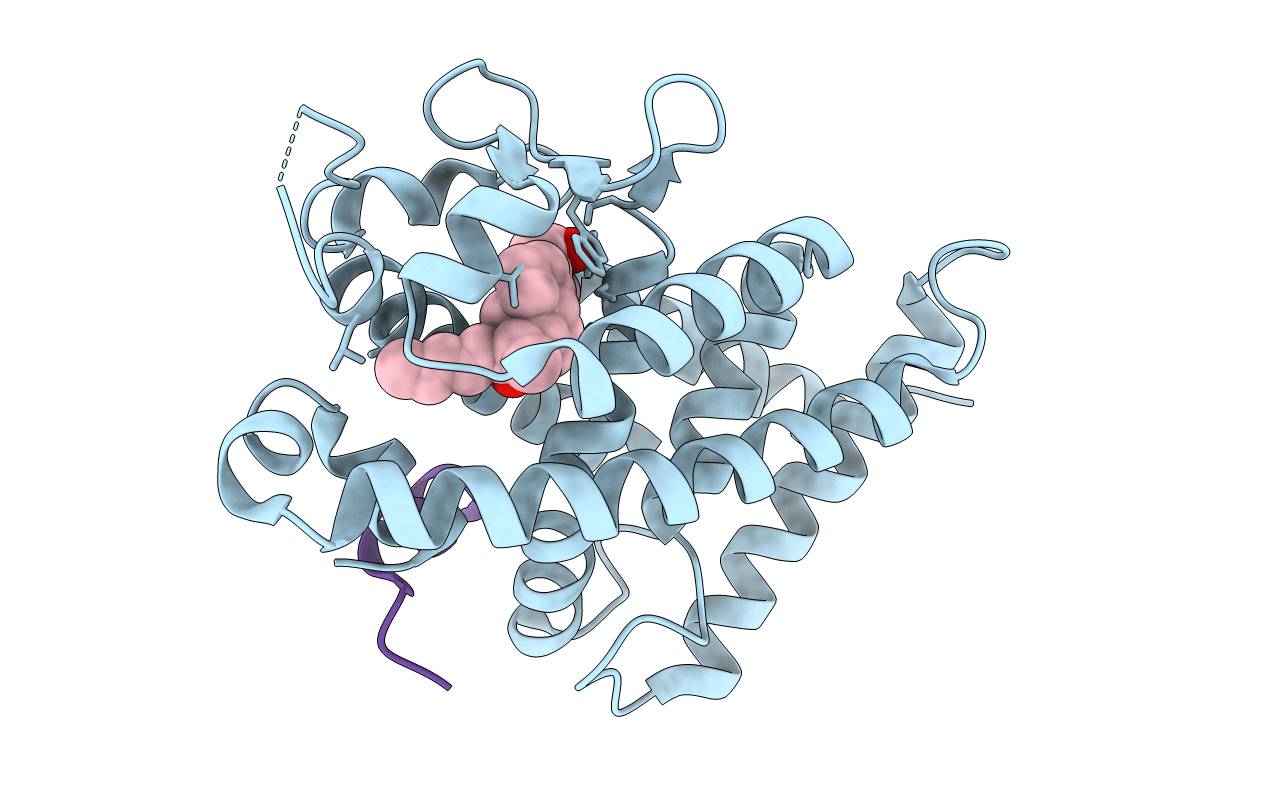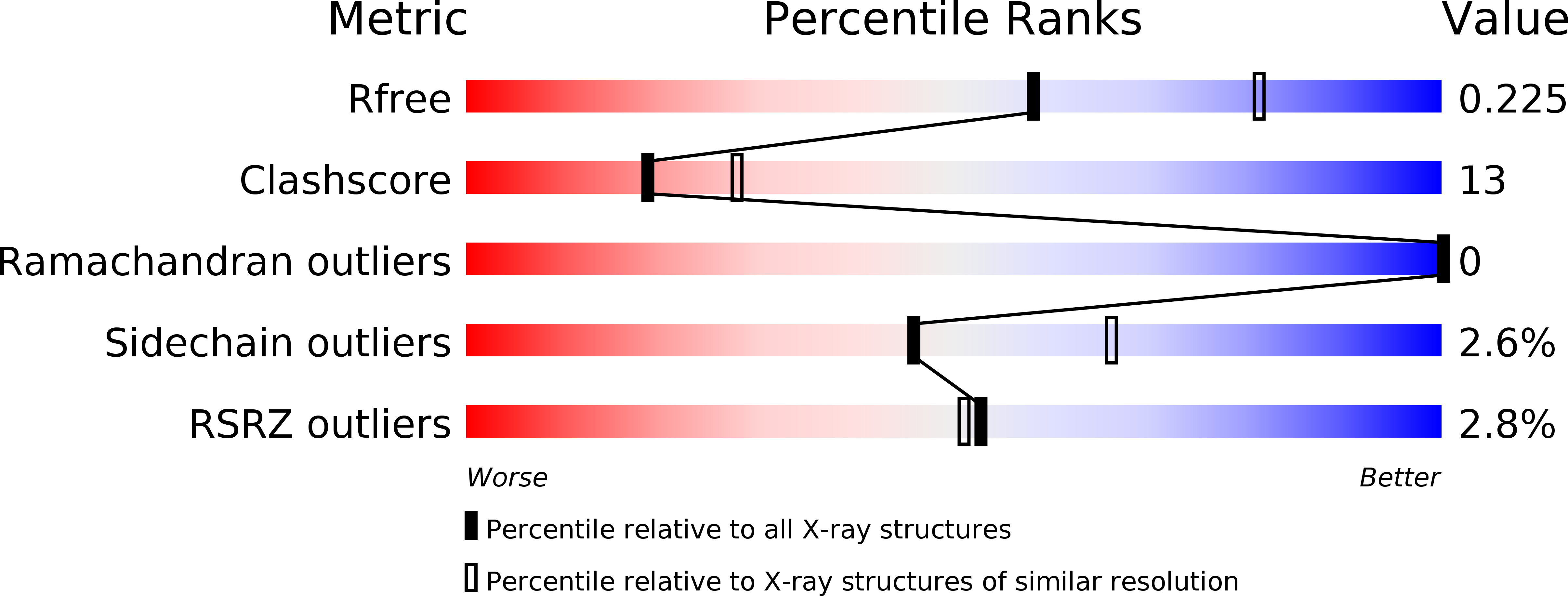
Deposition Date
2018-05-15
Release Date
2018-07-18
Last Version Date
2024-03-27
Entry Detail
PDB ID:
5ZWI
Keywords:
Title:
Interaction between Vitamin D receptor (VDR) and a ligand having a dienone group
Biological Source:
Source Organism:
Rattus norvegicus (Taxon ID: 10116)
Homo sapiens (Taxon ID: 9606)
Homo sapiens (Taxon ID: 9606)
Host Organism:
Method Details:
Experimental Method:
Resolution:
2.40 Å
R-Value Free:
0.22
R-Value Work:
0.20
R-Value Observed:
0.20
Space Group:
C 1 2 1


